Kongtong Mountain Scenic Spot
Kongtongshan Scenic Area is located 12 kilometers west of Pingliang City, Gansu Province. It overlooks Xi'an in the east, Lanzhou in the west, Baoji in the South and Yinchuan in the north. The main peak is 2123 meters above sea level. It is the fortress of the ancient Silk Road leaving the Guanzhong Pass in the west.
Since ancient times, Kongtong Mountain has been known as "the first mountain in the west", "the wonder of the West town", "the beauty of Kongtong Mountain in the world", "Xiongxiu Jia in Guansai", "Daoyuan place". In the 2008 Northwest China Tourism Marketing Conference and Tourism Equipment Exhibition, it was included in the "Magic Northwest 100 Sceneries" list.
geographical position
Located 12 kilometers west of Pingliang City, Gansu Province, it connects Liupanshan in the west, Qinchuan in the east, Guanshan in the south, Xiaoguan in the north, Jinghe River and Carmine River in the north of Henan Province, intersecting in front of Wangjiashan Mountain. It is the stronghold of the ancient Silk Road going out of Guanzhong to the west.
topographic features
Kongtong Mountain Scenic Area belongs to Danxia landform. Kongtong Mountain is a branch of Liupanshan Mountain, which is affected by different weathering, water erosion, collapse and other external forces. It has formed a solitary mountain peak and ridge, with a wide range of peaks, square caves, abrupt rocks, steep mountains and magnificent and peculiar Danxia landscapes. Kongtong Mountain topography is an earlier type of Danxia landform in China, which is a unique natural wonder on the large area of the Loess Plateau.
Climatic characteristics
Kongtong Mountain Scenic Spot is located in Pingliang City, so it belongs to temperate semi-humid climate, mild climate, distinct seasons, and rich precipitation. Vertical variation of climate is large, and precipitation decreases from southwest to northwest. In addition, due to the influence of high-altitude westerly circulation all the year round, wind and sand are relatively large. The main features are cold and dry winter, windy and sandy spring, hot summer, concentrated rainfall, clear and cool autumn weather.
The annual average temperature of Kongtong Mountain is 6.5 C, with abundant sunshine. The frost-free period of Kongtong Mountain is 160 days. The first frost day appears at the beginning of October and the last frost ends at the end of April. The climate of Kongtong Mountain is characterized by long snow in winter and mild summer.
plant resources
By 2010, there were more than 1000 known plants in Kongtong Mountain. Among them, ferns are 21 families, 18 genera and 30 species, gymnosperms are 6 families, 9 genera and 15 species, angiosperms are 97 families, 397 genera and 703 species. There are nearly 60 famous ancient trees such as yew spruce, Pinus tabulaeformis, cypress, acer, Quercus liaotungensis, Ulmus grandis and silk cotton wood. The tree ages of two trees in Zhaohetang Peacock Cypress and Fenghuangling "Millennium Huagai" are over one thousand years old.
Animal resources
As of 2010, there are more than 300 kinds of animals in Kongtong Mountain, including more than 70 kinds of rare wild animals. Vultures, golden eagles, sparrowhawks, cormorants, long ears, white cranes and leopards are listed on the National Wildlife Protection list.
Main attractions
Chaoyang cave
There are many large and small, deep or shallow caves in Kongtong Mountain. According to preliminary statistics, there are 32 caves in size. The name of Kongtong Mountain is closely related to the cave on the mountain, that is, to take the meaning of "empty cave". Each of these caves has its own characteristics and views. Chaoyang Cave is one of the more famous caves.
Chaoyang Cave is located on the eastern cliff of Shiziling Mountains, facing a valley with dense forests, across the valley from Xitai. This cave is not very large, its width is 8 meters, its height is 5 meters, and its depth is 5 meters. There are no access paths here, so tourists rarely come here. Therefore, it seems very quiet and elegant. It is said that the light of the rising sun in the morning first penetrates into the cave, so it is called Chaoyang Cave.
Thunder peak
The danger of Leisheng Peak can be described as Kongtong. Leisheng Peak is not a Feilai Peak. It is a branch of Mazhao Mountain, the main peak, extending southward, like a right arm of the main peak, stretching down to point to the Qianxia River of Taotao. The ridge is 200 meters in length, the highest point is not more than 5 meters, the whole mountain body is red stone, its East and west sides are facing the cliff, the South Cliff has artificially excavated stone grade, can lead to the chessboard ridge. As the thunder peak from the north to the south, the mountain situation gradually becomes lower, so the peak of the Tao Palace building in accordance with the mountain situation, scattered and coherent, forming a beautiful picture. The rock wall of Leishengfeng is steep and facing the abyss. During the thunderstorm season, the thunder sounds are seen in the valley, and the Kongtong is surging. It is like a landslide and ground crack. It is amazing. Therefore, it is named "Leishengfeng".
Lotus Temple
One of the Wutai Monasteries in Kongtong Mountain was first built in Zhenguan period of Tang Dynasty according to the inscription of the tablet. At the end of the Qing Dynasty, the soldiers fell behind. In the four years of the Republic of China (1915), Zhu Jincai and others raised funds. After 18 years, they resumed sitting in the North Hall, the Land Temple, the Shanmen Gate and 16 compartments. In the 25 years of the Republic of China, Zheng Jun presided over the creation of five couplets of Western Sansheng Building with two-storey brick-wood structure in the eastern part of the country. Later, the monk Pushan and Puhua presided over the renovation of the mountain gate and built three stables, which were abandoned after 1958. In 1983, the monk Shi Changhui raised funds to rebuild six rooms in the west side of the room, and in 1985, three crotchets in the south side of the hall. The artists Dai Guohua reshaped the statues of Shigafo, Wenshu, Puxian Bodhisattva and 18 Arhats. In 1990, under the auspices of the Buddhist Association, the three-storey and five-storey East sanctuary was restored, and the first to second floors were monasteries.
Sutra building
The Tibetan Sutra Building, also known as the Tibetan Sutra Temple and the Tibetan Sutra Pavilion, is on the east side of the original Zhencheng Temple. The old warehouse of Zhencheng Temple was rebuilt by Han Fan's royal family in the 31st year of Wanli (1603) of Ming Dynasty. It was dedicated to storing the Three Tibetan Sutras awarded by Empress Dowager. In the eleventh year of Jiaqing Qing Dynasty (1811), twelve new buildings were added to the East and West counterparts. During the Xianfeng period, the people of Jingning County, Wan Bingxiong, assisted the supervisors and workers to renovate their work. After the two years of Tongzhi (1863), the buildings collapsed and some books were scattered. In the twenty-fourth year of Guangxu (1898), King Sangquan originally invested more than 400 funds for restoration.
Zhenwu Temple
Also known as the Innumerable Ancestor Hall, it is the main hall of the imperial city. During the reign of Qiande in the Northern Song Dynasty (963-967), the Buddhist Pavilion was changed to worship Sakyamuni Buddha in the Yuan Dynasty. During the Jiajing period of the Ming Dynasty, Mrs. Wang Han Guo donated money and ordered Ma Ying, the demobilized official, to extend the hall to five couplets with a floor area of about 200 square meters, covering the top of the hall with iron tiles. In the middle of the hall, there are shrines 1.5 meters high and 6 meters long and 6 meters wide, offering a statue of Emperor Zhenwu sitting in the golden body. In the middle of the niche, there is a copper cast basalt, with one statue of Zhou Gongtaohua standing on the left and one statue of Zhou Gongtaohua standing on the left. There is a statue of each plastic turtle and snake avatar standing on the left and right sides of the niche. There are four main spiritual officers standing in the temple with painted sculptures left and right. In the early years of Emperor Kangxi, Wang Fuchen was demolished in Kongtong by Wu Sangui Mutiny. In the fifteen years (1677), Taoist monk Miao Qingyang from Longmen Cave came to live and recruit for renovation. He was listed as a county-level cultural relic protection unit in 1982.
Humanistic history
Honor record
January 10, 1994: National Key Scenic Spots (approved by the State Council);
January 1995: Patriotic Education Base of Gansu Province (awarded by Gansu Provincial Committee of the CPC);
December 2000: Advanced Collective of Scenic Area Work (awarded by China Scenic Area Association);
April 2001: Patriotism Education Demonstration Base in Gansu Province (awarded by the Propaganda Department of Gansu Provincial Committee of the CPC);
January 11, 2001: National AAAA Tourist Area (awarded by the National Tourism Administration);
September 28, 2002: Passed the international certification of ISO 9001, ISO 14001 quality and environmental management system.
January 19, 2004: National Geopark (awarded by the Ministry of Land and Resources);
July 23, 2005: Kongtongshan National Nature Reserve (approved by the State Council);
May 8, 2007: The first batch of 5A tourist attractions (awarded by the National Tourism Administration);
June 26, 2007: The first batch of "China's tourism culture demonstration sites" (awarded by the Tourism Culture Research Center of the Chinese National Culture Promotion Association);
November 2007: Ten forest eco-tourism scenic spots in Gansu Province (awarded by the Organizing Committee of the 2nd Gansu Fruit and Flower Exhibition);
February 2008: Top 10 Taoist cultural tourist attractions in China (sponsored by China National Newspaper and awarded by Sina Tourism Channel);
March 2009: Top Ten Most Beautiful Religious Mountains in China (awarded by Beautiful China, Organizing Committee of China Tourist Points, Travel to the World Magazine and Sohu Tourism);
June 2011: The most popular tourist attraction in Western China (awarded by the West China Tourism Industry Expo);
December 2011: National Service Standardization Tourism Scenic Spot (awarded by the National Standardization Management Committee);
February 8, 2012: National Tourism Standardization Demonstration Unit (awarded by the National Tourism Administration).
historical background
Kongtong Mountain is the birthplace of the three emperors in ancient times. It is also the birthplace of Nuwa and Kuafu. It has a long and profound culture. Hence, Xuanyuan Huangdi, who was respected by the Chinese nation as the ancestor of humanity, went to the western frontier after his achievements. He personally climbed Kongtong Mountain and asked Guangcheng Zi, who lived in seclusion in Kongtong Mountain, for advice on how to govern the country and how to keep fit.
Taoism as a religion originated in the Eastern Han Dynasty. Its ideological and theoretical basis is prevalent since the Spring and Autumn Period. Huang Di and Lao Tzu are the ancestors of Taoism. According to Taoist classics, Lao Tzu's predecessor is Guang Chengzi who was trained in Kongtong, and Guang Chengzi is the teacher of Huangdi, tracing back to its origin, so Kongtong Mountain is known as "the first mountain of Taoism in the world".
Buddhism also has a long history in Kongtong Mountain. During the Tang Dynasty, Buddhism activities on the mountain had taken shape. According to the inscription on an iron bell cast in the second year of Da'an in the Jin Dynasty (1210 A.D.), the stepped stone steps from the middle platform of Kongtong Mountain to the imperial city were excavated by Zen Master Renzhi during the reign of Zhengguan in the Tang Dynasty, and the records of Emperor Taizong of the Tang Dynasty granting land to the imperial court of Minghui Chan on the mountain. By the early Qing Dynasty, there were 19 Buddhist monasteries in Kongtong Mountain.
Tourism information
Interprovincial Traffic Information
Railways
Baozhong Railway Line runs through Pingliang, from Pingliang by train, you can reach Lanzhou, Shanghai, Yinchuan, Chengdu, Urumqi and other places. There are four trains to Yinchuan every day. Pingliang Railway Station has one bus and one bus to the city.
Highway
Pingliang Highway has more convenient traffic. It has more than 600 kilometers of national and provincial highway lines. From Pingliang, by long-distance bus, it can reach Lanzhou, Tianshui, Urumqi, Jinchang, Beijing and other places.
Special food
Red braised elbow
Red braised elbow is a famous dish of Pingliang. The production procedure is as follows: first, the pork knuckle will be cooked on the head, then the pork will be put into the tray and served with seasoning. Hu Yaobang, former general secretary of the CPC Central Committee, visited Pingliang in 1986. After eating this dish, the "red braised elbow" became famous.
- Flat pastries
Pingliang crisp cake, also known as crisp bun, is well known in Shaanxi, Gansu and Ningxia provinces (regions). Flat crisp buns can be divided into three categories: the Han people's dark crisp buns and the Hui people's bright crisp buns. There is no crispness on the surface of the dark crisp cake, and it is only when you eat it that you feel crisp. There are two kinds of crisp cake with five flavors and sweet crisp cake with sugar filling. The surface of the crispy biscuit is bright and crisp, and the mouth is crisp and soft. It can also be divided into sweet and salty. There are more than ten patterns of pastry, such as ox tongue, hemp sole, one eyebrow and square. Over the past decades, through the continuous innovation of chefs, the flat crisp cake has formed the characteristics of many colors, crisp entrance, fragrant aftertaste and portability.
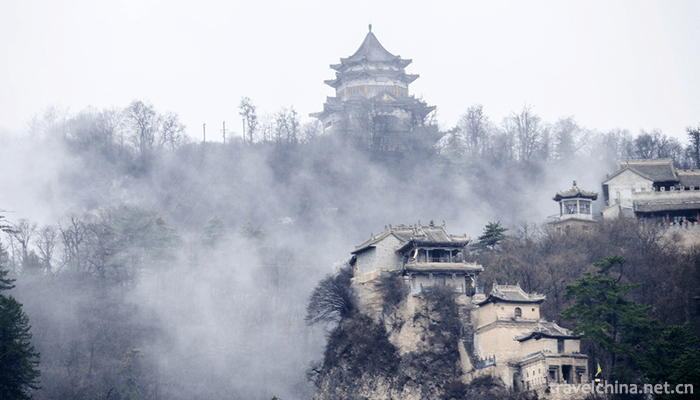
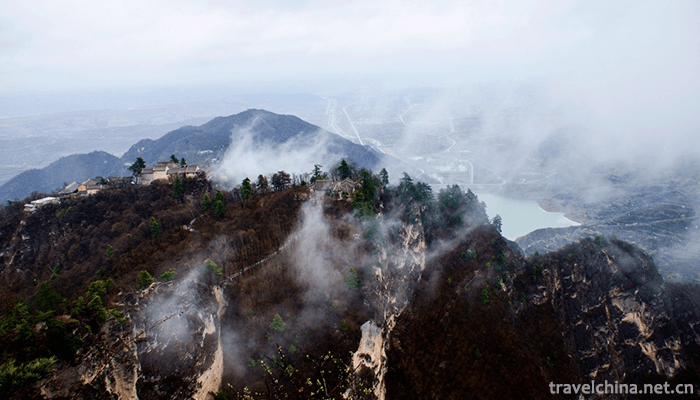
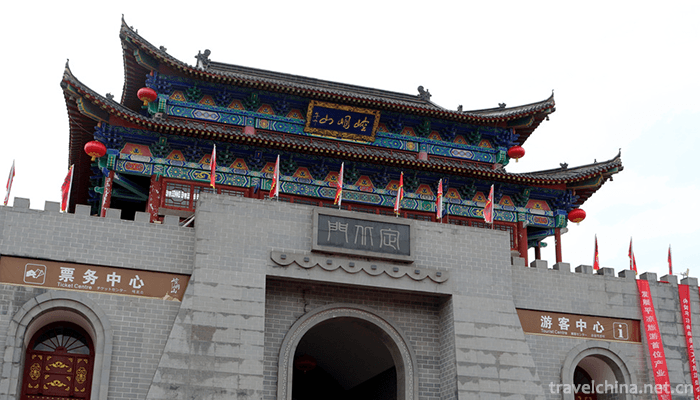
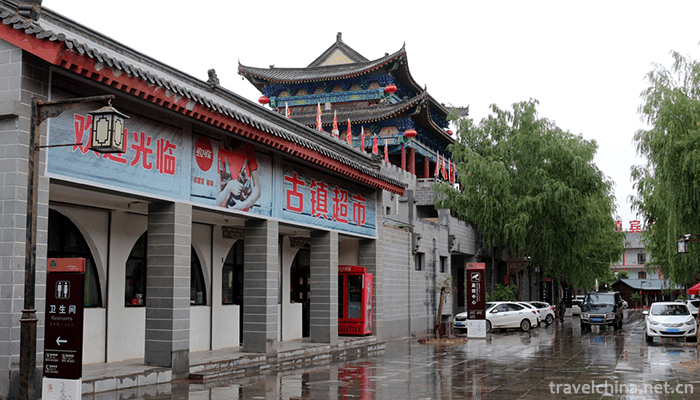
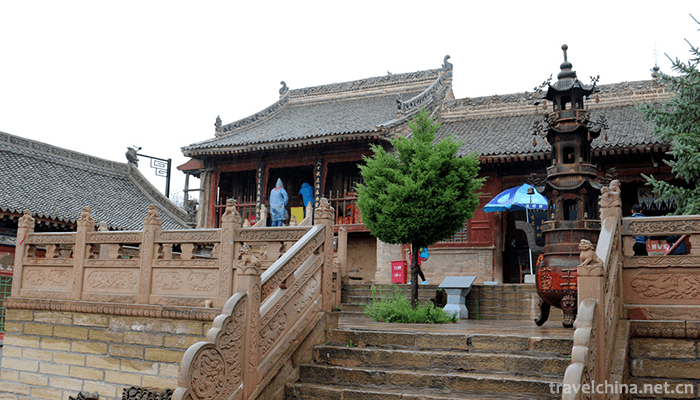
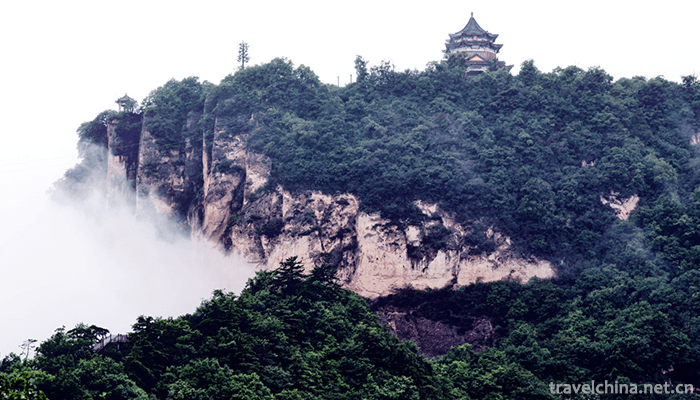
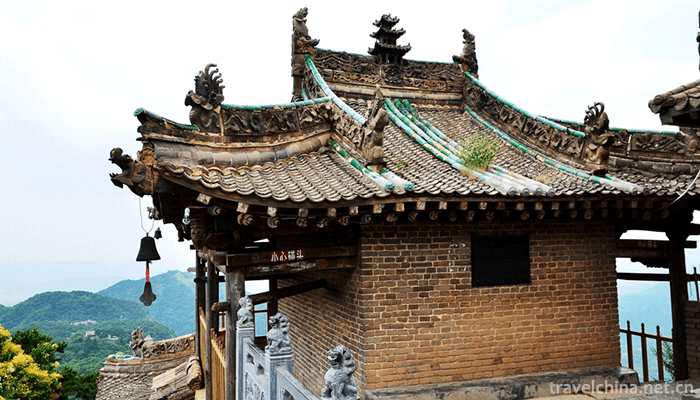
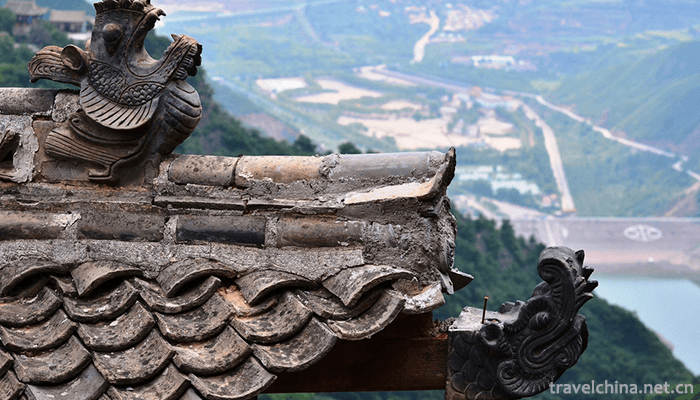
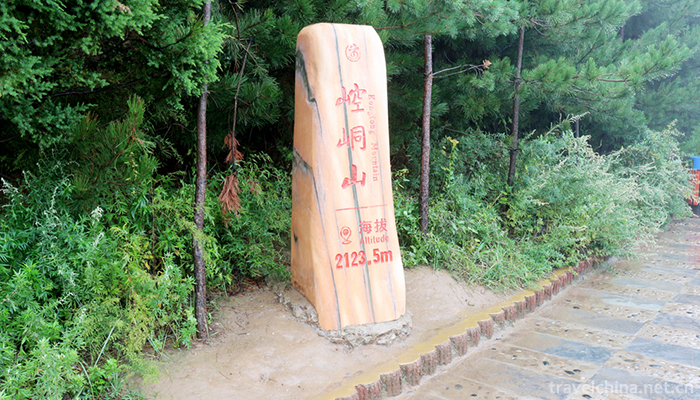
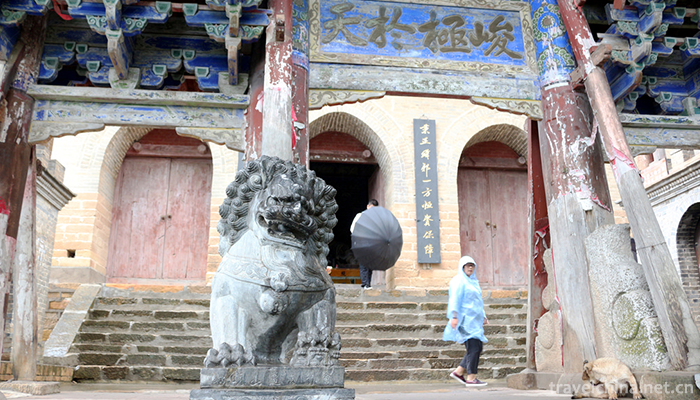
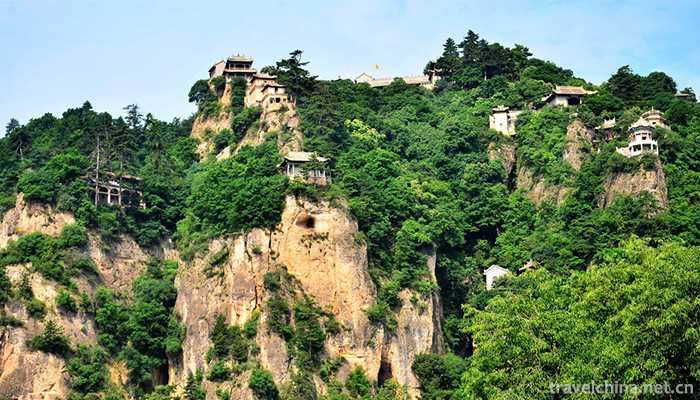
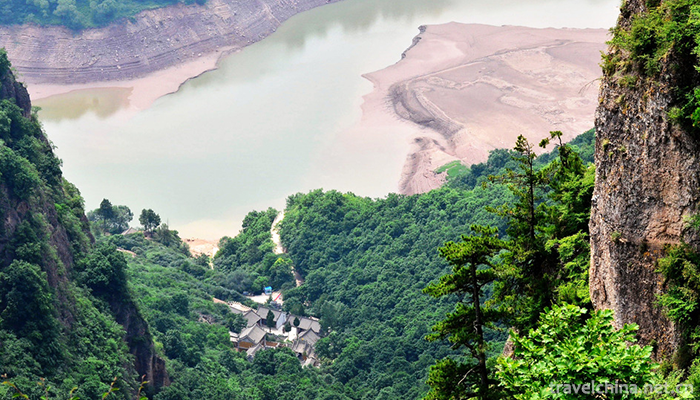
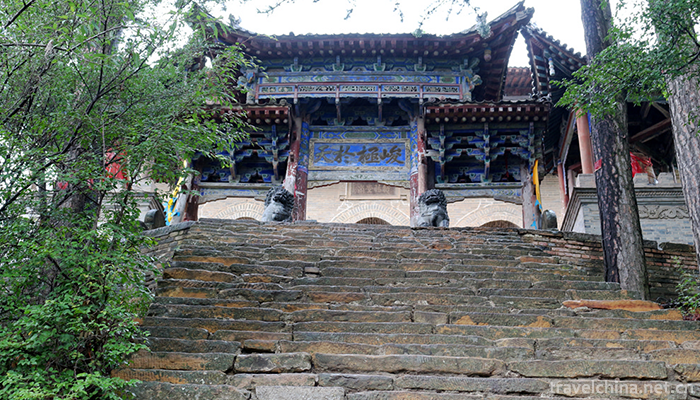
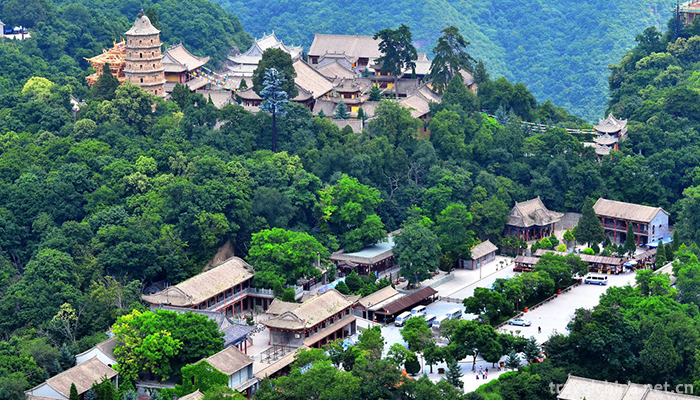
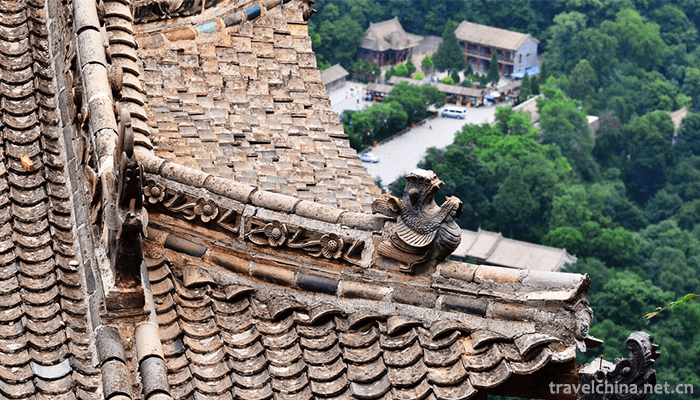
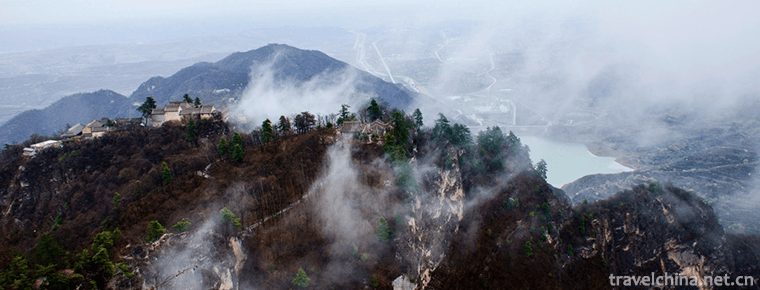
-
1.Chill chicken rice noodles
Cold chicken noodles, Yunnan snacks, cold rice noodles with ...
Time 2018-10-17 -
2.Changchun World Sculpture Park
Changchun World Sculpture Park is located in the south of Renmin Street in Changchun City. It covers 92 hectares, including 11.8 hectares of water.
Time 2018-12-05 -
3.Sansu Temple Scenic Area
Sansu Temple Scenic Area is located in the west of Meishan City, Sichuan Province. It is a national AAAA-level tourist attraction, a national key cultural relics protection unit, and a national second
Time 2018-12-19 -
4.Beihai Ocean Window
The Beihai Ocean Window is situated on the shore of the rich and beautiful Beihai Bay in China. It covers an area of 2.1 hectares and covers an area of 18,100 square meters. It consists of mysterious
Time 2018-12-26 -
5.Liaoheyuan National Forest Park
Liaoheyuan National Forest Park is located in Dawopu Forest Farm, Pingquan County, Hebei Province. It is named for its birthplace of Liaohe River in China.
Time 2019-01-30 -
6.Changying Century City
Changying Century City, located in Nanguan District, Changchun City, Jilin Province, was founded in 2003. It is a comprehensive tourist area integrating science and technology, adventure, performing a
Time 2019-03-17 -
7.Emei Chito
"A Mei Qituo" is the original ecological dance name of a group of Yi people. It is translated as "Girl Marriage Dance" in Chinese and originated from Sanbao Yi Township in Qinglong
Time 2019-03-28 -
8.Eight polar boxing
Bajiquan is a kind of boxing in Chinese Wushu. The word "eight poles" of this boxing method originated from the concept of Palaeogeography and originated from the Han Dynasty
Time 2019-04-02 -
9.Yangzhou lacquerware decoration skills
Yangzhou lacquerware painting process is cumbersome, the step is "batch putty scrape gray, brush paint and push light". During the Warring States Period, Yangzhou lacquerware decoration tech
Time 2019-07-10 -
10.Yi Medicine Water Plaster Therapy of Yi Medicine
Yi medicine is the summary and wisdom crystallization of the Yi people's long-term struggle against disease, and it is an important part of the great treasure house of Chinese medicine. There are thou
Time 2019-07-12 -
11.Tamdrin Dingzhen
Zhaxi Dingzhen (Chinese Name: Ding Zhen), born in 2000, lives in Litang County, Ganzi Prefecture, Sichuan Province.
Time 2020-12-01 -
12.Dazhou highway
Dazhou is one of 179 main hubs of highway transportation in China and one of 12 regional secondary hub cities in Sichuan Province. It is a secondary logistics center city in national layout planning and an important logistics hub city in Western Chin
Time 2020-12-20